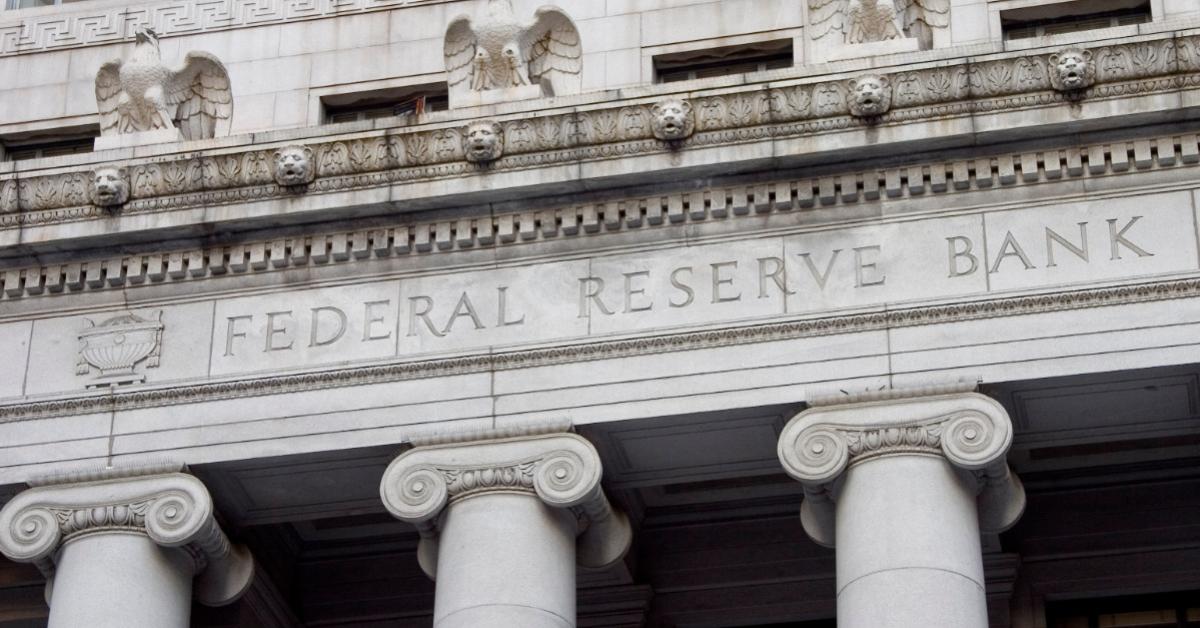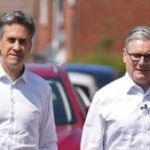
The Federal Reserve’s failure to meet its own policy goals of price stability and growth has become increasingly evident in the current economic situation in the United States. The country is now facing recessionary fears after experiencing historic inflation due to the misinterpretation of the causes of the Great Depression. The perverse effects of expansionary monetary policies also reflect the failure of the institutional economic position which regards the Federal Reserve as the key benefactor of growth, stability, and security.
Business Contraction and Laissez-Faire Policy
The US government’s response to covid both influenced other governments to lock down their economies and restrict the movement of people, and the cancellation of economic activities affected the global economy. The interconnectedness of the global economy means that it relies on the division of labor and the consistent flow of goods and services. Lockdowns and cancellation of economic activities led to a contraction of business activity. In response to this unnatural economic downturn, the Fed and the government engaged in massive fiscal and monetary expansions when the need for them was not immediately clear.
The Federal Reserve implemented quantitative easing (QE) by purchasing Treasurys, mortgage-backed securities (MBS), and agency debt. In March 2020, the Fed initiated its largest QE program, consisting of nearly $6 trillion in MBS and treasury purchases, purchasing assets at a rate of $120 billion per month ($80 billion in Treasurys and $40 billion in MBS). The federal funds rate, which before the pandemic was 1.58 percent, was lowered to a disastrous 0.05 percent in April 2020 and kept near zero for two whole years. It was still 0.08 percent in February 2022, when the Fed realized that inflation was not transitory.
A careful study of the events following the interventions allows us to see what follies these fiscal and monetary expansions were. It also allows us to gain insights into why refraining from such massive interventions would have brought quick recovery from the pandemic lockdowns and avoided the massive inflation that the US has suffered for more than two years, beginning in March 2021 and continuing today.
There would also have been no need for increases in credit creation and no room for unsustainable business expansions without the monetary and fiscal injections. The future recession, which continues to edge closer, wouldn’t be looming if governments had done as Murray Rothbard lays out in America’s Great Depression in a passage on policy prescription: “The first and clearest injunction is: don’t interfere with the market’s adjustment process.”
According to Rothbard, there are various ways in which the government can hamper the natural readjustment process: preventing or delaying liquidation, inflating further, keeping wage rates up, keeping prices up, stimulating consumption, discouraging saving, and subsidizing unemployment. The US government’s response was a classic example of this preemptive statement of what governments shouldn’t do in a contractionary period.
Government Intervention and Business Cycles
Let us trace the steps as they occurred. As the uncertainty of covid began in April 2020, financial markets were quick to price in those concerns, leading to a fall in asset values and a clamoring by participants in the financial markets for easier credit. At this point, with widespread closures of businesses due to mandated lockdowns, there was a sharp fall in economic activity. Real gross domestic product (GDP) decreased at an annual rate of 31.7 percent in the second quarter of 2020.
But the reversal of this fall didn’t take much time. By July 2020 the economy had started to grow again as the lockdowns were lifted and people were allowed to work again; by September 2020, in the third quarter, real economic growth was starting to become positive and grow rapidly, and household spending was already back to three-quarters of prepandemic levels. A Fed governor admitted in an address that economic growth was picking up faster than expected. The total unemployment rate was 8.4 percent, down from 14.7 percent in April.
This recovery, however, was not due to the various governmental stimuli, but was a natural outcome of removing restrictions on work. The capacity utilization index, which measures the output currently produced as a percentage of its full capacity, was at 78 percent in February 2020. By April it was 65 percent, but it shot back up to 73 percent in July. The natural readjustment process was still hampered by the various covid and lockdown restrictions that severely depressed industries such as travel and leisure, which, although they still have not regained their prepandemic level, are growing today as more restrictions are finally lifted. The travel and tourism industry increased by 64.4 percent in 2021 after decreasing by 50.7 percent in 2020.
In September 2020, the Fed was still pursuing its accommodative monetary stance of buying long-term Treasurys and MBS with no signs of stopping. Believing that its forward guidance would help the economy recover through credit inflows to needy sectors, the Fed acted to build future expectations by emphasizing in the Federal Open Market Committee (FOMC) press conference that rates would remain way below market rates, at essentially 0 percent, until the economy was far into its recovery.
The Fed’s September 2020 meeting summarized the views of the members of the FOMC. They forecast that inflation levels wouldn’t touch 5 percent until 2022; more precisely, their median projection was 5.4 percent in 2022, which they forecast would come down to 2.8 percent in 2023. These expectations turned out to be false and misleading when the Consumer Price Index (CPI) increased by 4.2 percent over the twelve months from April 2020 to April 2021. The Fed continued its QE asset purchases in April 2021, as well as the low-interest regime that had begun in March 2020 until the Fed saw more progress in labor market conditions and growth.
According to the US Bureau of Economic Analysis, real GDP increased in all fifty states and the District of Columbia in the first quarter of 2021, as real national GDP increased at an annual rate of 6.4 percent. This massive growth was due to the expansive monetary and fiscal policies, which drove unsustainable spending in housing, construction, information, durable goods, and transportation and warehousing. However, other industries, such as travel and leisure, were still subdued by various covid restrictions.
US inflation hit a thirteen-year high in June 2021 at 5.4 percent, which was up from May’s 5.0 percent. June’s figure was the highest twelve-month inflation rate since August 2008. The Fed continued its asset purchases and lower interest rate regimes. The mainstream opinion was clearly that prices were being driven by sectors having trouble with readjusting supply to demand; they were surprised by the low rate of adjustment of various industries. Inflation was still viewed as transitory.
The unemployment rate went down from 5.4 percent in July 2021to 4.8 percent in September. This is exactly as one would expect given the massive increase in the money supply and increasing velocity in exchange. The Fed decided to start tapering net asset purchases in November 2021, but they continued with low interest rates until March 2022. Real GDP increased at an annual rate of 6.9 percent in the fourth quarter of 2021. The CPI rose 6.8 percent from November 2020 to November 2021, the largest twelve-month increase since June 1982. Energy prices rose 33.3 percent over the prior year, and food prices increased 6.1 percent.
These increases in energy prices were due to rising additional demand for energy, which was several times higher than producers’ expectations. The Fed chair during his November 30 testimony to the US Senate Banking Committee accepted defeat in keeping inflation to 2 percent and suggested that it was perhaps time to retire the word “transitory.” The unemployment rate fell to 3.9 percent in December 2021.
After losing the battle for price stability and fearing that inflation expectations would become entrenched, the Fed ceased its new asset purchases and increased the Federal funds rate by 25 basis points in early March 2022. Inflation still rose from 7.4 percent in March 2021 to 8.5 percent in March 2022, and barreled ahead at 8.3 percent in April, remaining near forty-year highs. In June 2022 it reached 9.1 percent.
Cause and Effect
The sudden cluster of calculation errors resulted in inflation, laying the groundwork for a recession; and if there is a financial crisis, then, as proposed by Milton Friedman and other monetarists, a possible depression will have come specifically through government interventions.
Entrepreneurs invest and pay costs in the present, expecting to recoup a profit in the future. The market rewards entrepreneurs who are better at forecasting future conditions and weeds out inefficient entrepreneurs. However, monetary expansion misleads entrepreneurs by directing too many of them toward using resources that have not been freed up through the voluntary savings of consumers. This then leads to inflation: the error here has been that entrepreneurs are using an increasing amount of resources to produce output to satisfy future demand conditions, but since consumers’ real income has steadily fallen due to inflation and monetary expansion has ultimately come to an end, the future which these entrepreneurs predicted hasn’t arrived.
There are still economic adjustments to come. This situation is far from over.





